Table of Contents
Quality Service Guarantee Or Painting Free

Get a rental agreement with doorstep delivery

Find the BEST deals and get unbelievable DISCOUNTS directly from builders!

5-Star rated painters, premium paints and services at the BEST PRICES!
Loved what you read? Share it with others!
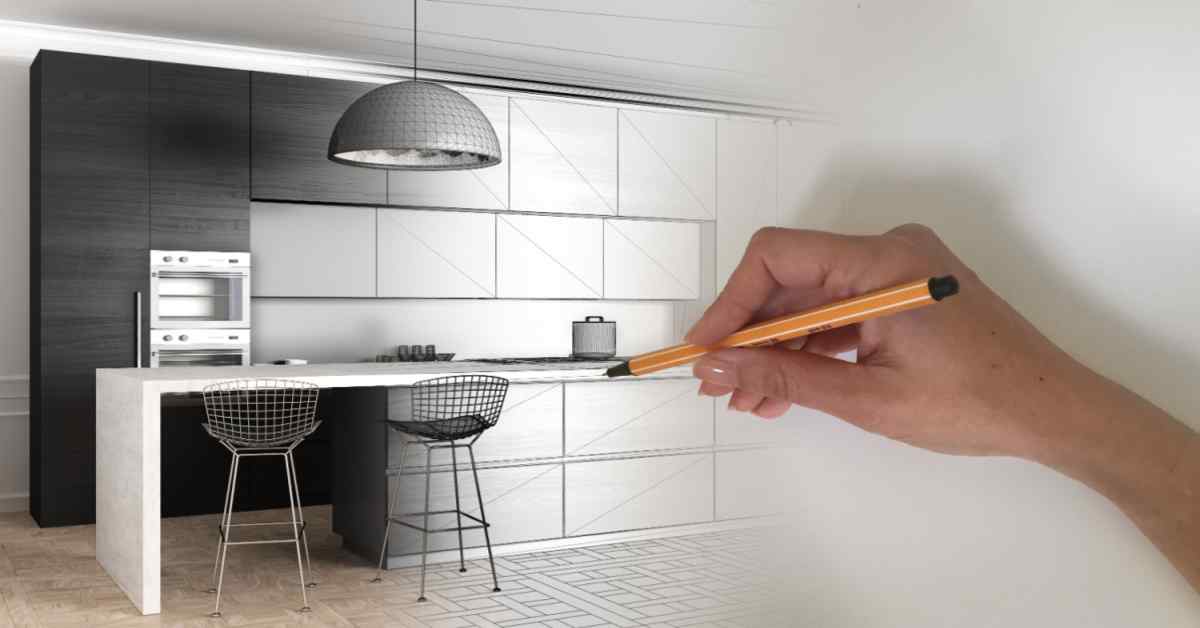

Submit the Form to Unlock the Best Deals Today
Check Your Eligibility Instantly

Experience The NoBrokerHood Difference!
Set up a demo for the entire community
Standard Kitchen Dimension: Essential Guide to Perfect Sizes
Table of Contents
IIn this comprehensive blog, we delve into the world of standard kitchen dimensions, offering valuable insights into the ideal sizes and measurements that can transform your kitchen into a functional and efficient space. From minimum kitchen size requirements to kitchen average size in India and beyond, discover the essential factors that play a pivotal role in crafting your dream kitchen. Whether you have a small space or a spacious area, understanding these kitchen standard dimensions will empower you to create a kitchen that perfectly suits your needs and culinary aspirations. Let's dive in!
Factors Considered in the Standard Kitchen Measurements and Dimensions
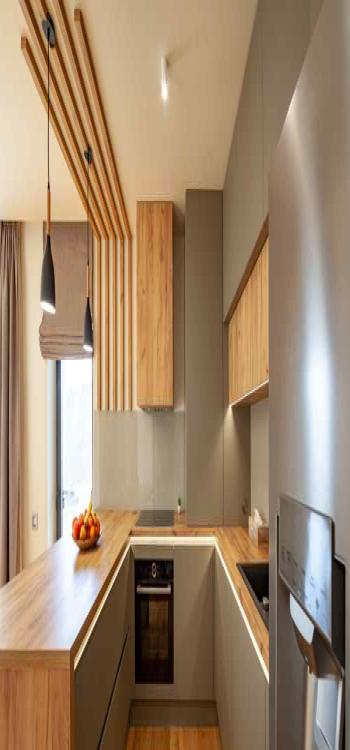
When it comes to designing a kitchen that seamlessly combines functionality and aesthetics, several critical factors come into play. These considerations heavily influence the standard kitchen measurements and dimensions that architects and designers use to create the perfect culinary space. Let's explore these essential factors below:
- Available Space: The first and foremost factor in determining kitchen dimensions is the available space. Whether you have a compact apartment kitchen or a spacious open-concept layout, the dimensions must be tailored to make the most of the available area.
- Work Triangle and Workflow: The concept of the work triangle plays a vital role in kitchen design. The relationship between the sink, stove, and refrigerator should form an efficient work triangle, reducing unnecessary movement and optimising productivity.
- Ergonomics and User Comfort: A well-designed kitchen takes ergonomics into account, ensuring that the layout is comfortable for users. Proper counter heights, cabinet placements, standard size of kitchen slab width, and appliance positioning can significantly impact the overall user experience.
- Appliance Dimensions: Kitchen appliances like refrigerators, ovens, and dishwashers come in various sizes. Designing the kitchen to accommodate these appliances seamlessly is crucial for a functional and integrated look.
- Storage Requirements: Ample storage space is a must in any kitchen. The dimensions of cabinets, shelves, and pantry units must be thoughtfully planned to accommodate all necessary kitchen items and reduce clutter.
- Clearance and Traffic Flow: Adequate clearance between countertops, islands, and other kitchen elements is essential for easy movement. Ensuring smooth traffic flow prevents congestion and promotes safety in the kitchen.
- Aesthetics and Design Theme: While functionality is paramount, the overall aesthetics and design theme of the kitchen should not be overlooked. The dimensions of various elements should align with the desired style, whether it's modern, traditional, or transitional.
- Ventilation and Lighting: Proper ventilation and lighting play a significant role in creating a comfortable and pleasant cooking environment. The dimensions of kitchen windows, exhaust systems, and light fixtures should be considered for optimum performance.
What is the Golden Triange Rule for Kitchen Measurements?

The Golden Triangle Rule is a fundamental principle in kitchen design that aims to optimize the efficiency and functionality of the cooking space. This concept revolves around creating a triangular relationship between the three primary work areas in the kitchen:
Quality Service Guarantee Or Painting Free

Get a rental agreement with doorstep delivery

Find the BEST deals and get unbelievable DISCOUNTS directly from builders!

5-Star rated painters, premium paints and services at the BEST PRICES!
- Sink: The sink, where food is cleaned and dishes are washed, represents the first point of the triangle.
- Stove: The second point is occupied by the stove or cooktop, the central hub for cooking and preparing meals.
- Refrigerator: The third point is taken by the refrigerator, where perishable items are stored to keep them fresh.
The key objective of the Golden Triangle Rule is to minimize unnecessary movement between these three essential areas. By placing them in a triangular layout, the distance and effort required to move between each point are significantly reduced. This efficient arrangement streamlines the cooking process and makes it more convenient for the cook to access the necessary tools and ingredients.
Standard Kitchen Measurements and Dimensions for an Ideal Cook Space
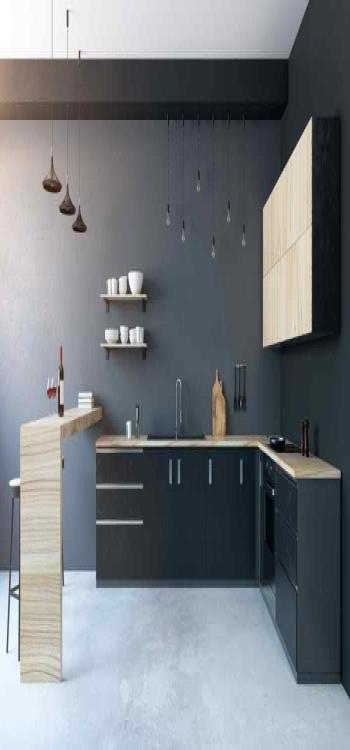
Designing a well-organised kitchen begins with understanding the essential standard measurements and dimensions. Here are 12 key measurements (all kitchen standard size in feet) that play a crucial role in creating a functional and efficient culinary space:
- Base Cabinet Width: Standard kitchen dimensions in cm for base cabinets typically come in widths of 12, 24, 30, and 36 inches (30.5, 61, 76, and 91.5 cm).
- Wall Cabinet Height: The height of wall cabinets is usually 30 or 36 inches (76 or 91.5 cm) to accommodate storage above the countertop.
- Countertop Height: The standard kitchen counter dimensions is 36 inches (91.5 cm) to ensure comfortable food preparation.
- Island Height: Kitchen islands are commonly 36 inches (91.5 cm) high, matching the height of the countertops.
- Clearance Between Countertops and Cabinets: Allow a minimum of 18 inches (45.7 cm) of clearance between countertops and wall cabinets for easy access and movement.
- Clearance Between Island and Countertops: Leave at least 42 inches (106.7 cm) of space between the kitchen island and other countertops to enable smooth traffic flow.
- Standard Depth for Countertops: Countertops typically have a standard depth of 24 inches (61 cm) to accommodate most kitchen tasks.
- Standard Depth for Upper Cabinets: The standard depth for wall or upper cabinets is 12 inches (30.5 cm) to store frequently used items within reach.
- Sink Dimensions: Standard sink sizes range from 22 to 36 inches (56 to 91.5 cm) in width, with a depth of about 8 to 10 inches (20.3 to 25.4 cm).
- Refrigerator Width: Common refrigerator widths are 30, 33, and 36 inches (76, 84, and 91.5 cm) to fit standard kitchen spaces.
- Oven Size: Standard oven widths are typically 24, 27, and 30 inches (61, 68.6, and 76 cm) to integrate seamlessly into the kitchen design.
- Dishwasher Width: Dishwashers are commonly available in widths of 18 and 24 inches (45.7 and 61 cm) to suit various kitchen layouts.
Optimising Standard Kitchen Dimensions For Functionality

Here are some valuable tips for optimising standard kitchen dimensions to create a functional and efficient culinary space:
- Utilise Vertical Space: Make the most of your kitchen's vertical space by incorporating tall cabinets or open shelves. This provides additional storage for rarely used items, keeping the countertops clutter-free.
- Invest in Customisation: Tailor your kitchen design to suit your specific needs and preferences. Custom cabinets, adjustable shelves, and pull-out drawers can be personalised to optimise storage and accessibility.
- Choose Space-Saving Appliances: Opt for compact and multi-functional appliances that fit well within the standard kitchen dimensions. Consider built-in ovens, slimline dishwashers, and counter-depth refrigerators to save valuable space.
- Embrace Clever Storage Solutions: Explore innovative storage solutions such as corner cabinets with rotating shelves, pull-out pantry units, and drawer organisers to maximise storage efficiency.
- Opt for Open Shelving: Open shelving can create an illusion of more space and provide easy access to frequently used items. Displaying decorative kitchenware can also add a touch of style to your kitchen.
- Streamline the Work Triangle: Ensure the sink, stove, and refrigerator form an efficient work triangle, adhering to the Golden Triangle Rule. This minimises unnecessary movement and enhances productivity.
- Create Zones for Efficiency: Organise your kitchen into functional zones, such as a food prep zone, cooking zone, and cleanup zone. Group related items together to reduce the time spent moving between different areas.
- Consider Slim Profile Appliances: Opt for appliances with slim profiles and minimal protrusion to maintain smooth traffic flow and make the kitchen feel more spacious.
- Install Lighting Strategically: Adequate lighting is essential for a functional kitchen. Use under-cabinet lighting and task lighting to illuminate work areas effectively.
- Use Light colours: Light-coloured cabinets, countertops, and backsplashes can visually expand the kitchen space, making it feel more open and airy.
- Keep Countertops Clutter-Free: Minimise countertop clutter to maximise workspace. Store frequently used items in easily accessible cabinets or on wall-mounted racks.
- Optimise Island Design: If you have an island, ensure it serves a purpose beyond aesthetics. Incorporate storage or a breakfast bar to make it a functional and integrated part of the kitchen.
How Can NoBroker Help?
Designing a functional and efficient kitchen is made easier by understanding the essential standard kitchen dimensions and incorporating the Golden Triangle Rule. With NoBroker's support and range of interior services, you can confidently create your dream kitchen without the hassle of intermediaries. Embrace the dimensions, optimise your kitchen layout, and let NoBroker be your partner in crafting the perfect culinary space for your home. Happy cooking!
FAQ's
The minimum kitchen size typically recommended is about 70 square feet, ensuring sufficient space for essential appliances and movement.
Typically, the standard kitchen dimensions in feet in feet range from 70 to 150 square feet, with variations depending on the layout and individual design preferences.
For a generously sized kitchen, dimensions of 12 feet by 16 feet or larger are recommended to create a comfortable and efficient cooking environment.
The standard height for a kitchen platform or countertop is typically 36 inches (91.4 cm), providing a comfortable surface for food preparation.
Yes, NoBroker offers expert assistance in finding the most suitable kitchen design layout for your 7 x 8 kitchen, ensuring optimal functionality and aesthetics.
Recommended Reading
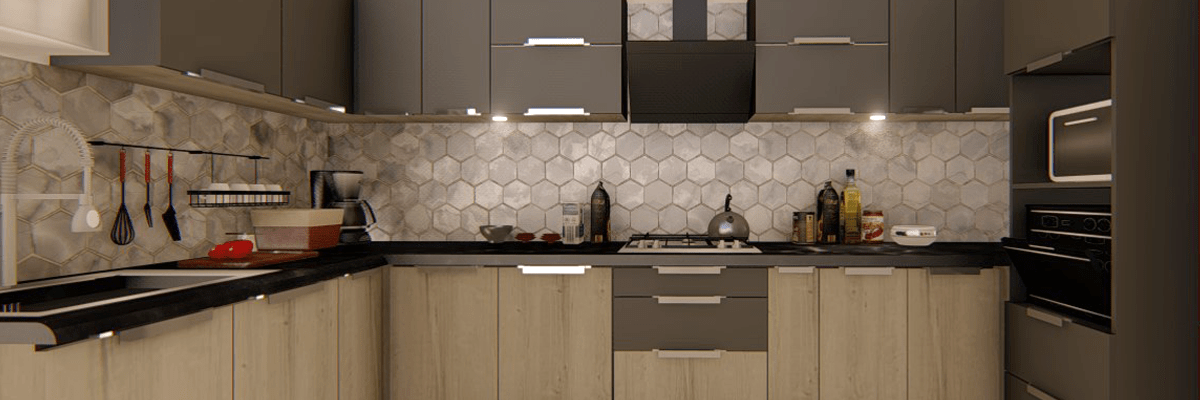
13 Transformative Kitchen Design Tips for You
January 31, 2025
3002+ views

Open Kitchen vs. Closed Kitchen: Facts That Can Change Your Home Designing Ideas
January 31, 2025
3605+ views
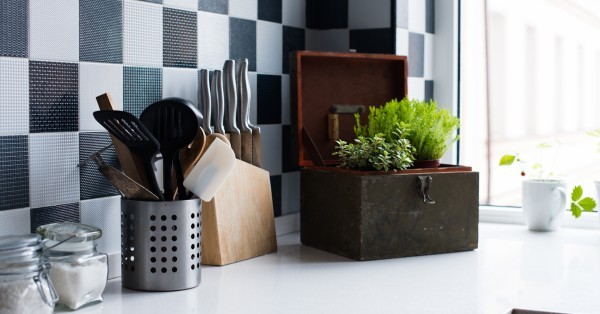
25 Kitchen Wall Tiles Design That Can Add Life to Your Culinary Space
January 31, 2025
3910+ views
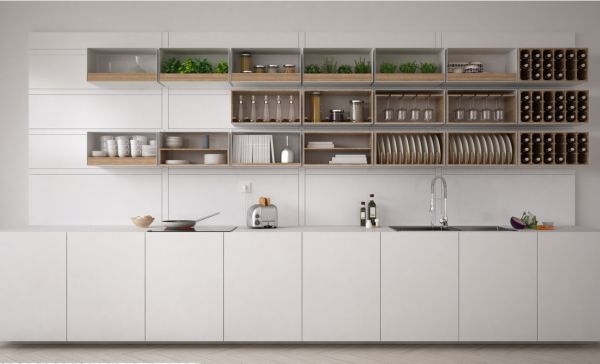
List of Ideas and Tips on Choosing the Correct Open Kitchen Design for Your Home in 2025
January 31, 2025
3094+ views
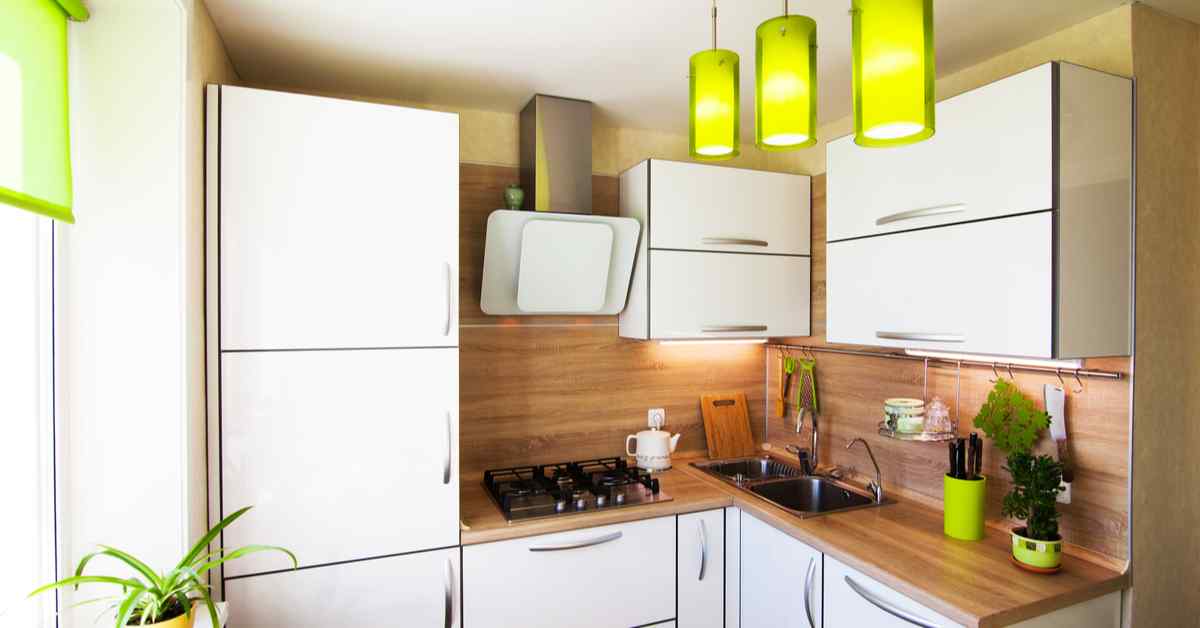
Highly Functional, Beautiful and Trendy Small Kitchen Design Ideas
January 31, 2025
4126+ views
Loved what you read? Share it with others!
NoBroker Interiors Design Testimonials
Most Viewed Articles

Top Hanging Light Ideas to Illuminate Your House
January 31, 2025
393869+ views

GFRG Panels - A New Technology in Building Construction
January 31, 2025
258483+ views
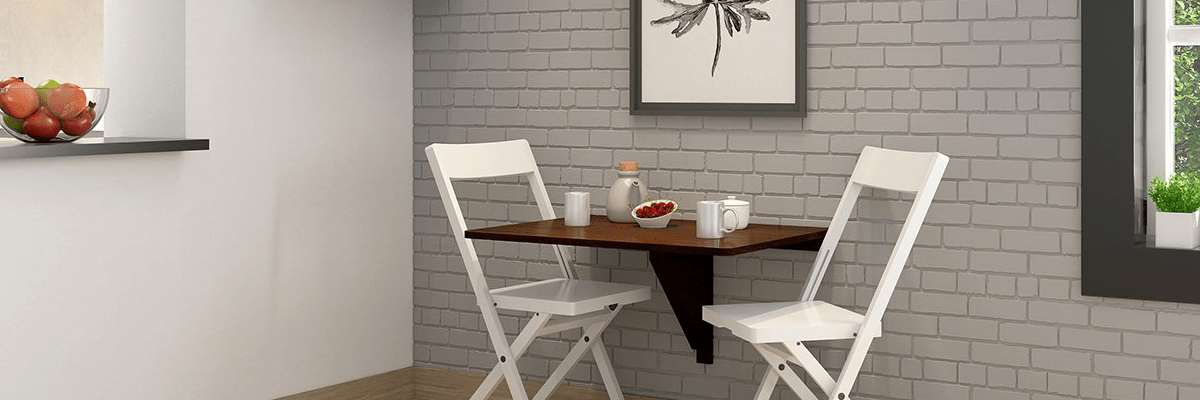
15 Wall-Mounted Dining Table Design Ideas
January 31, 2025
104289+ views

How Mivan Construction Technology Is Transforming the Art of Building!
January 31, 2025
75714+ views
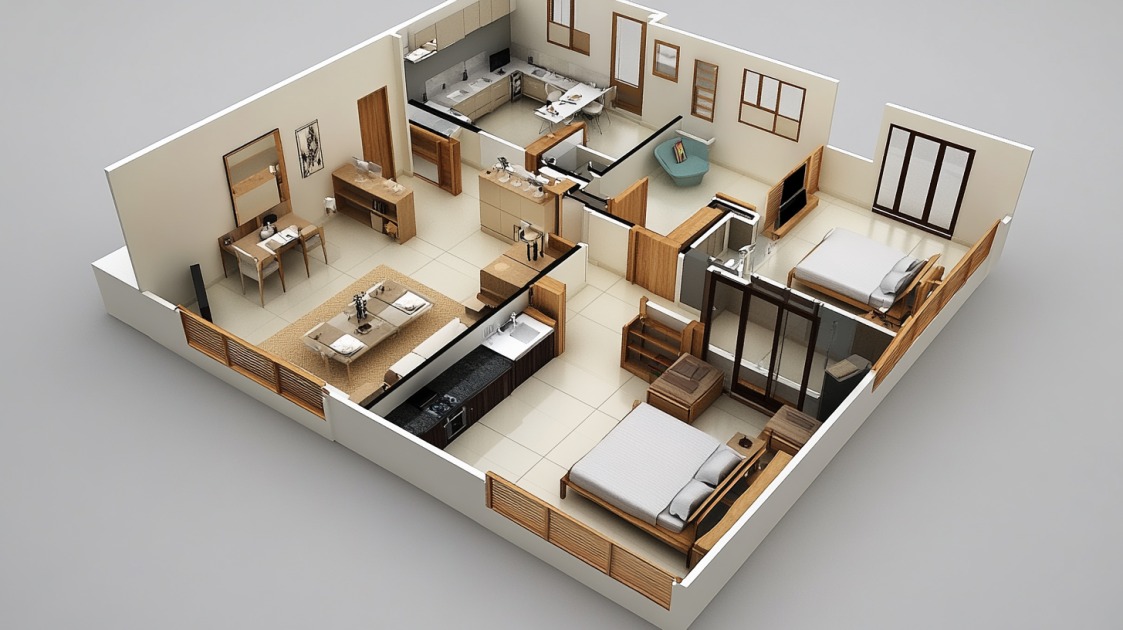
Best 3 Bedroom House Plan: Modern and Space-Efficient Layouts for 2025
January 31, 2025
43821+ views
Recent blogs in
Luxury Bedroom Interior Design: Transform Your Space with Elegance in 2025
February 19, 2025 by Simon Ghosh
February 14, 2025 by Rahul Sahani
30 Best Living Room Modern Interior Design Ideas for Your Modern Living Space 2025
February 7, 2025 by Priyanka Saha




Join the conversation!